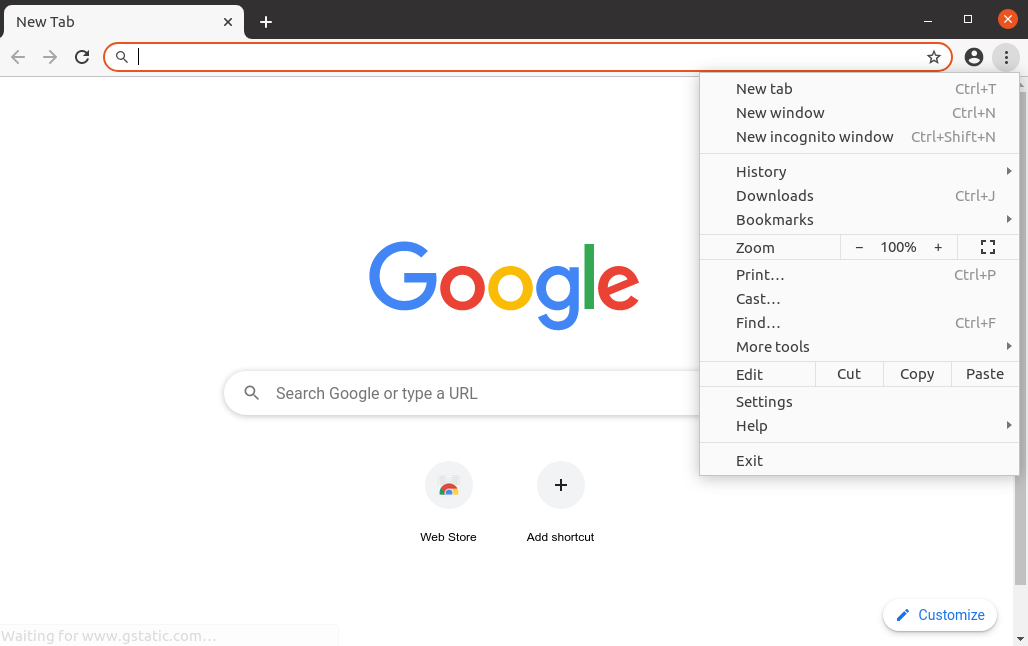

Since that incident, Google has improved its filters and automatically pulls ads from pages with disturbing content. For example, in September of 2003, adjacent to a New York Post article about a gruesome murder in which the victim’s body parts were stashed in a suitcase, Google listed an ad for suitcases. However, Google’s automatic matching to words on a page sometimes places an ad inappropriately. If the click-through rate of an ad falls below a certain level, indicating an ad isn’t relevant to the query, Google removes the ad.įor the most part, you’ll find advertisements pertinent to your query. If users often click on an ad, Google will likely place the ad higher up on the results page. Google determines placement by an auction the auction not only considers what the advertiser will pay for the ad, but also its click-through rate, i.e., how often users click on the ad. You can distinguish ads by their format and the label “Sponsored Link.” Ads contain a title, a short description, and a web address (URL).Īdvertisers decide which queries their ads should match, and then Google decides on placement, i.e., which ads to show and in what order. At most, three sponsored links appear above Google’s search results.Sponsored links are clearly identified and kept separate from search results.Ads must not intrude, distract, or annoy (no pop-up or flashy ads).

Google’s approach to ads is similar to its approach to search results: the ads must deliver useful links, or the ads are removed. If a web page appears in Google’s search results, it’s because Google thought it was a relevant result for your search, not because someone paid Google to put it there. Usually, there is no indication that the page’s result location was bought and paid for. A sold result means that a link to the buyer’s page is put at or near the top of the results page, just as if the search engine thought it was one of the best results. Some search engines sell their search results, in addition to showing ads.


 0 kommentar(er)
0 kommentar(er)
